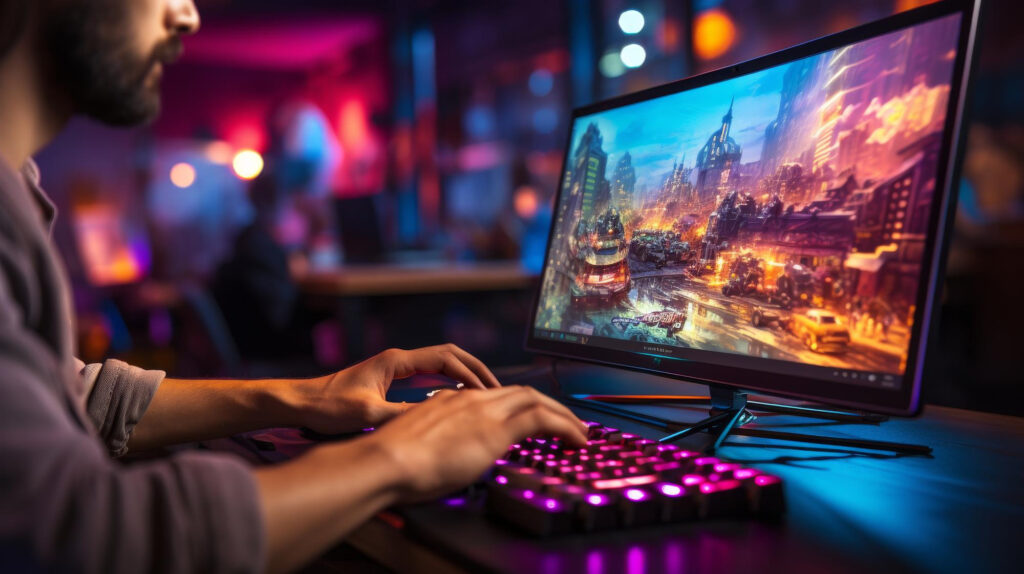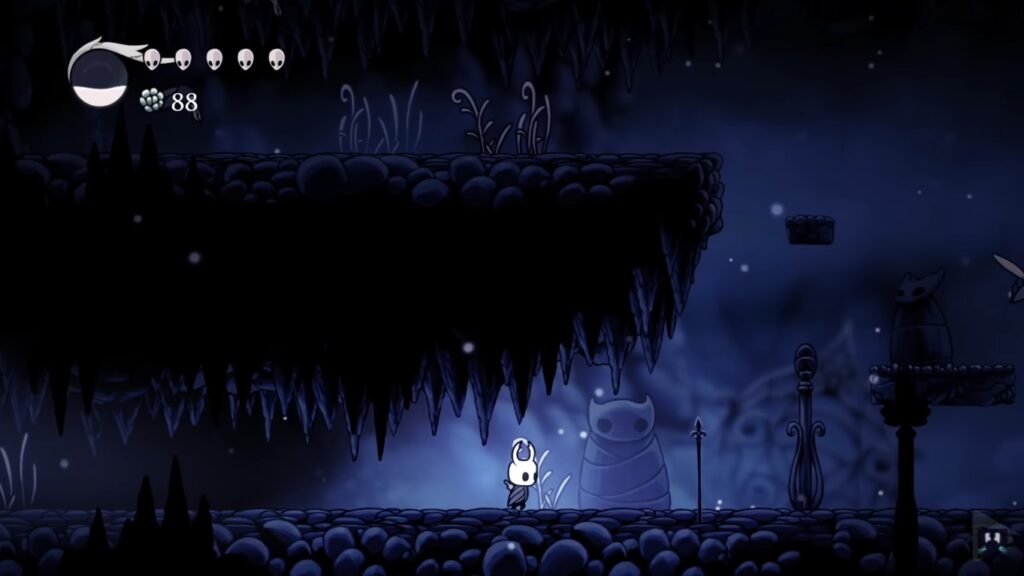In the rapidly evolving landscape of computer game development, mastering essential techniques is crucial for creating engaging and successful PC games. This article delves into the intricate processes involved in game creation, from conceptualization to deployment, while highlighting real-world examples and relevant research to provide a comprehensive understanding of the field.

1. Game Design Fundamentals
At the heart of every successful PC game lies a robust game design. Game design encompasses the mechanics, story, characters, and environment that together create an immersive experience. According to a study by the International Game Developers Association (IGDA) in 2021, 70% of game developers consider game design as the most critical aspect of game development (IGDA, 2021).
One effective technique in game design is the use of the “MDA Framework,” which stands for Mechanics, Dynamics, and Aesthetics. This framework helps developers understand how game mechanics influence player dynamics and the overall aesthetic experience. For instance, the game “Dark Souls” utilizes challenging mechanics that create a dynamic of tension and reward, leading to a unique aesthetic experience characterized by a sense of achievement and immersion.
2. Prototyping and Iteration
Prototyping is an essential technique in game development that allows developers to test ideas quickly and efficiently. Rapid prototyping enables teams to create a basic version of the game to evaluate gameplay mechanics and user experience. According to research published in the Journal of Game Development in 2022, teams that employed iterative prototyping reduced development time by 30% while increasing player satisfaction (Journal of Game Development, 2022).
A notable example of effective prototyping is the development of “Super Mario Bros.” by Nintendo. The team created a simple prototype to test the core mechanics of jumping and running, which ultimately led to the iconic gameplay that defined the franchise. This iterative process allowed developers to refine their ideas based on player feedback, resulting in a polished final product.
3. Programming Languages and Game Engines
Choosing the right programming language and game engine is critical for PC game development. Popular programming languages include C++, C#, and Python, each offering unique advantages. C++ is widely used for its performance and control over system resources, making it ideal for high-performance games. C#, on the other hand, is favored for its ease of use and integration with the Unity game engine, which is one of the most popular engines in the industry.
According to a survey conducted by Stack Overflow in 2023, 45% of game developers reported using Unity, while 30% preferred Unreal Engine (Stack Overflow, 2023). Unreal Engine is renowned for its high-fidelity graphics and robust tools for creating complex environments, making it a preferred choice for AAA titles like “Fortnite” and “Gears of War.” The choice of engine can significantly impact the development process, as it dictates the tools and resources available to developers.
4. Art and Asset Creation
The visual aspect of a game is paramount in attracting players and enhancing the overall experience. Art and asset creation involves designing characters, environments, and animations that align with the game’s theme and mechanics. Techniques such as 3D modeling, texturing, and rigging are essential in this process.
For instance, the game “The Legend of Zelda: Breath of the Wild” showcases stunning art direction that combines cel-shading with realistic textures, creating a visually captivating world. The use of tools like Blender and Autodesk Maya allows artists to create intricate models and animations that bring the game to life. According to a report by Newzoo in 2023, 60% of players consider graphics as a key factor in their gaming experience (Newzoo, 2023).
5. Sound Design and Music
Sound design and music play a crucial role in enhancing the emotional impact of a game. Effective sound design involves creating sound effects that complement gameplay mechanics and immerse players in the game world. Music, on the other hand, sets the tone and atmosphere, influencing player emotions and engagement.
A prime example of exceptional sound design is found in “Hellblade: Senua’s Sacrifice,” where the developers used binaural audio techniques to create an immersive auditory experience that reflects the protagonist’s mental state. Research from the University of Southern California in 2022 indicates that games with high-quality sound design can increase player immersion by up to 40% (USC, 2022).
6. Quality Assurance and Testing
Quality assurance (QA) is a critical phase in game development that ensures the final product is free of bugs and provides a smooth user experience. QA involves rigorous testing of gameplay mechanics, graphics, and sound to identify and resolve issues before release. According to a report by the Game Developers Conference (GDC) in 2023, 80% of developers consider QA as an essential part of the development process (GDC, 2023).
One notable example of effective QA is the development of “The Witcher 3: Wild Hunt,” which underwent extensive testing to ensure a polished experience. The developers employed a dedicated QA team that worked closely with the development team to identify and fix bugs, resulting in a critically acclaimed game that received numerous awards for its quality.
7. Marketing and Community Engagement
Once a game is developed, effective marketing and community engagement are vital for its success. Building a community around a game can lead to increased player retention and word-of-mouth promotion. Techniques such as social media marketing, influencer partnerships, and community events can significantly enhance a game’s visibility.
For example, the indie game “Hollow Knight” gained immense popularity through community engagement on platforms like Reddit and Discord. The developers actively interacted with players, addressing feedback and fostering a sense of community. According to a study by the Entertainment Software Association (ESA) in 2023, games with strong community engagement saw a 50% increase in player retention (ESA, 2023).

Hollow Knight thrived through community engagement on Reddit and Discord.
Conclusion
In conclusion, the journey of PC game creation is a multifaceted process that requires a deep understanding of various techniques, from game design and prototyping to programming, art creation, sound design, quality assurance, and marketing. By mastering these essential techniques, developers can create engaging and successful games that resonate with players. As the gaming industry continues to evolve, staying informed about emerging trends and technologies will be crucial for developers aiming to make their mark in this dynamic field.
Key takeaways include the importance of a solid game design foundation, the benefits of rapid prototyping, the significance of choosing the right programming language and game engine, the impact of art and sound design, the necessity of thorough quality assurance, and the value of community engagement in marketing. By integrating these techniques into their development process, game developers can enhance their chances of creating memorable and successful PC games.
References:
- International Game Developers Association (IGDA). (2021). Developer Satisfaction Survey.
- Journal of Game Development. (2022). The Impact of Prototyping on Game Development Efficiency.
- Stack Overflow. (2023). Developer Survey Results.
- Newzoo. (2023). Global Games Market Report.
- University of Southern California (USC). (2022). The Role of Sound Design in Player Immersion.
- Game Developers Conference (GDC). (2023). State of the Game Industry Report.
- Entertainment Software Association (ESA). (2023). Community Engagement in Gaming.

